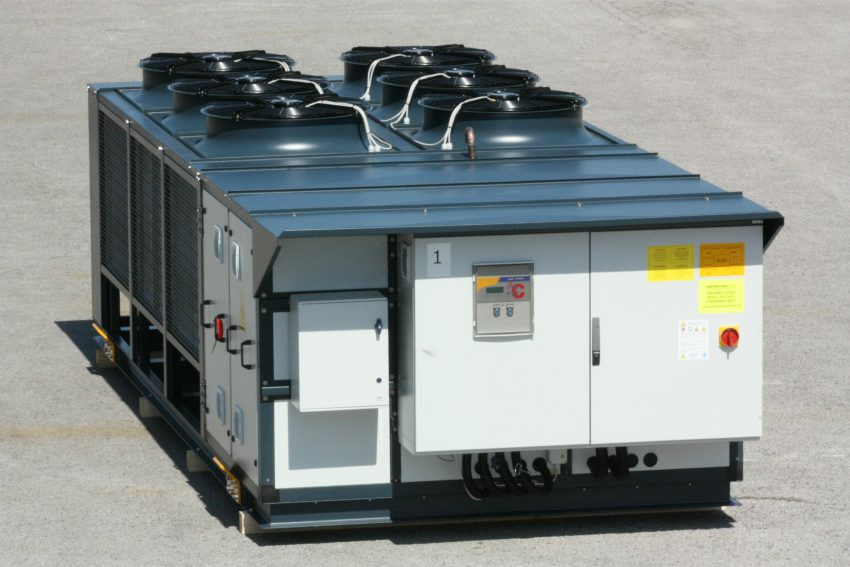16 April 2019
|
| There has to be give and take when it comes to selecting the most appropriate refrigerant for a given application, says Tim Mitchell, sales director of Klima-Therm. The chemistry surrounding refrigerants is complex and inevitably involves an element of compromise. Most low global warming potential (GWP) refrigerants, for example, are also unstable and volatile. This means the gas will be flammable and sometimes explosive, as is the case with hydrocarbon refrigerants such as propane or isobutane. |
It is a positive outcome that refrigerant flammability will oblige us, as an industry, to become even more highly trained and professional. | With the exception of CO2, which has its own limitations, the only way to guarantee a non-flammable refrigerant gas is to accept a higher GWP. However, this goes against both the spirit and the letter of the latest F-Gas regulations, a set of legally binding European Union (EU) rules on the use of fluorinated greenhouse gases (F gases) like hydrofluorocarbons (HFCs), including the complete phase out and banning of some very high GWP HFCs. F-Gas impacts anyone who manufactures, uses or services equipment that contains F gases, produces or wholesales F gas, and imports or exports F gas, or equipment containing F gas, to or from the EU. Knowledge and experience is critical to successfully transitioning to lower GWP refrigerants, but disseminating this is proving a big challenge in the commercial and industrial sectors. Supermarkets are well served because a handful of people at the major outlets know about refrigerant legislation changes and are thus able to make informed decisions. Important message However, even in larger businesses in the commercial and industrial sectors, everything is often done at site level with the site chief engineer typically the key influencer. This makes getting the message across about the transition to lower GWP refrigerants far tougher. But we, as an industry, have to try. A number of lower GWP alternative refrigerants are available to retrofit existing R404A equipment. There are also long-established alternative fluids for some applications including hydrocarbons, ammonia and CO2, but these require engineers to deal with limitations on charge volumes, some toxicity, flammability or higher working pressures. There is currently, however, no known non-flammable alternative for R410A. As a result, contractors need the right training and must also make sure they are using the appropriate recovery equipment to deal with flammable and toxic substances. New types of refrigerant – Hydro Fluoro Olefins or HFOs – are starting to gain traction. These are thermally stable and have a short atmospheric life. A feature of many of these products (and some existing refrigerants such as R32 and ammonia) is that they exhibit low flammability and hence a new classification has been introduced to cover this feature – A2L – indicating ‘low flammable’ gases. Positive outcome Low flammable refrigerants are difficult to burn. R32 and HFO refrigerants, for example, can be ignited with a bare flame, but as soon as the flame is taken away, the fire goes out; the flame doesn’t propagate in a way that it would with a hydrocarbon such as propane or butane. However, HFOs are unsuitable as ‘drop-in’ replacement refrigerants so anyone designing a system today that might need to use traditional HFC gas should consider the cost implication of that system potentially having to be ripped out and completely replaced before it reaches it’s natural ‘end of life’. Of course, flammability is not unheard of in cooling systems. My own business, Klima-Therm, for example, has installed more than 350 chillers using propane (a highly flammable refrigerant gas) in a major supermarket chain. The risks around this were mitigated in design and construction by the professional teams involved and are managed in operation by our highly trained personnel and enhanced user awareness. Indeed, it is a positive outcome that refrigerant flammability will oblige us, as an industry, to become even more highly trained and professional. www.klima-therm.co.uk |
Content continues after advertisements










